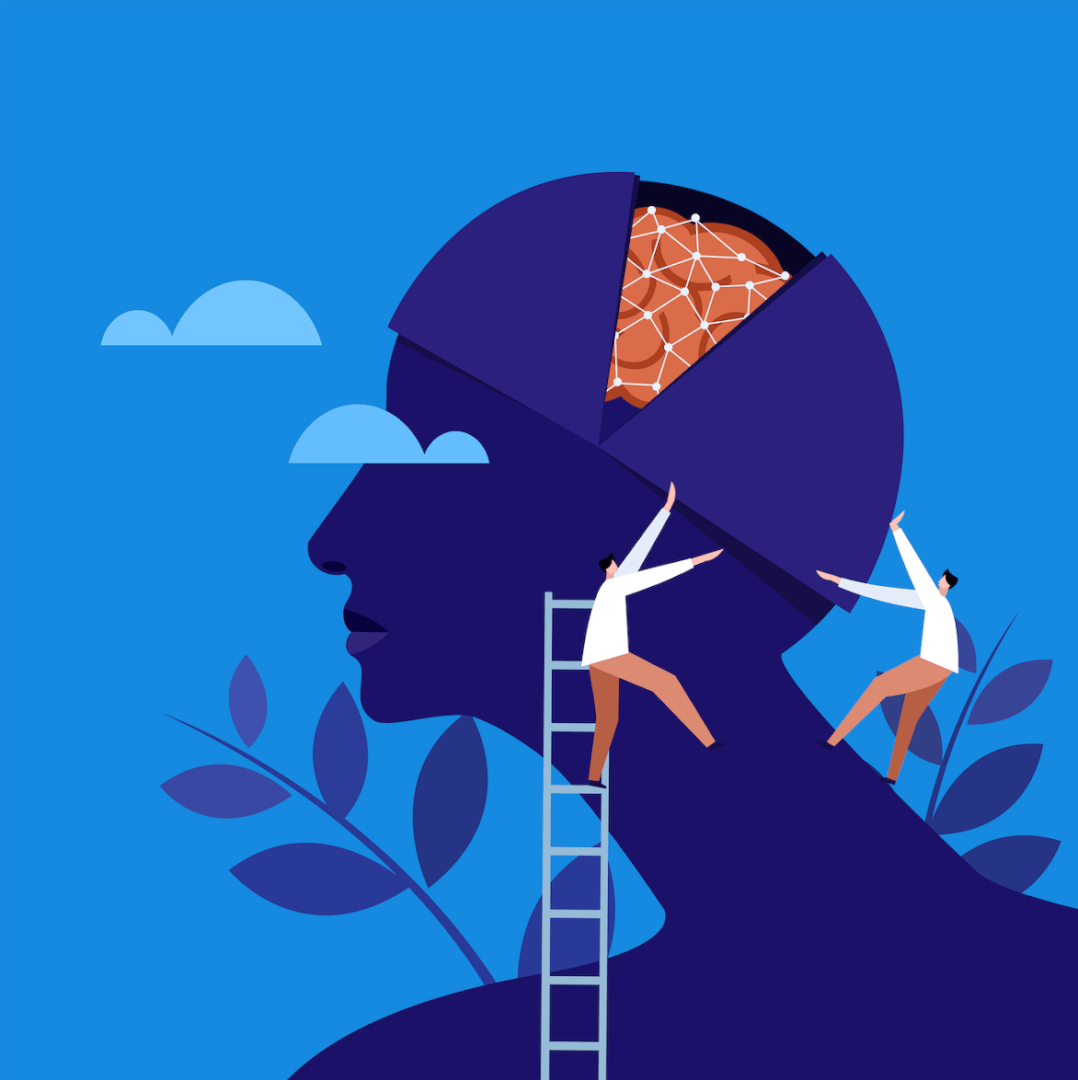Neuroplasticity is the body’s ability to signal the brain to adapt to new situations by creating new neural networks and pathways when needed. When you use drugs or alcohol, you are, in effect, creating new neural networks that override existing pathways. This is the link between neuroplasticity and addiction. Fortunately, recovery from substance and alcohol abuse is possible — even for individuals who have been struggling for some time.
What is Neuroplasticity
Thanks to neuroscience, we continue to make new discoveries and uncover just how remarkable of an organ the brain truly is. One recent discovery was about the brain’s remarkable ability to repair itself, this ability is what we refer to as neuroplasticity.
The link between neuroplasticity and substance abuse is not a new concept. As we continue to learn more about the brain, neuroplasticity, and the complexities of substance abuse, we keep uncovering something new. For instance, in recent years, more and more substance abuse recovery programs are emerging based on science and neuroplasticity.
The very concept of neuroplasticity and the brain’s ability to heal the damage caused by substance abuse gives hope to people struggling with substance abuse disorders. While these triumphs might seem like miracles, they actually represent advances in neuroscience, namely neuroplasticity.
Understanding How Neuroplasticity and Addiction Are Related
Our brains constantly adapt and adjust throughout the day to our surroundings, thought processes, emotional responses, etc. As we go through our day, we might learn something new or experience something fun and exciting.
In turn, these events cause the release of dopamine, which helps make new connections within the brain and develop neural pathways to different areas within the brain. Once these pathways are created, they continue to grow and become stronger the more a particular experience is practiced or reinforced.
If we neglect other pathways, the brain will gradually shut them down since they are no longer being used. When the brain experiences trauma like from a severe head injury or stroke, disruptions occur in the pathways because they are damaged.
Addiction and Neuroplasticity
With addiction, substance abuse disorders damages the pathways1 we normally associate with pleasure and enjoyment. The abuse of alcohol and drugs interrupts the normal release of dopamine within the brain. The brain is overstimulated, so all stores of dopamine are depleted and used up. This results in these pathways being taken over by the substance being abused.
The alcohol and drugs overstimulate the pathways constantly. The brain develops a tolerance for the substances and becomes more resistant to releasing dopamine from repeated substance use. Furthermore, other stimuli that make us feel enjoyment, excitement, and happiness are blocked.
As a result, you have to rely on ever increasing amounts of the addictive substances to achieve the same results. Your brain responds to the higher amounts of drugs or alcohol by cupping its tolerance level – and the cycle repeats. Eventually, the substance abuse and negative neuroplasticity changes within the brain result in the person struggling with a chronic disease and brain disorder.
Related: Types of Medication for Addiction
What Happens in the Brain During Addiction Treatment?
After a person starts an addiction treatment program and has gone through detox, the brain starts to repair all the damages caused by alcohol and drugs. Your brain will start to “prune” away old pathways that were overstimulated by substance abuse.
Next, the brain starts growing and creating new neural pathways, while dopamine production and release levels begin to return to normal. The brain’s ability to repair the damages caused by substance abuse provide real hope for those struggling with a substance abuse disorder.
Related: TMS for Addiction Treatment
Neuroplasticity During Addiction Recovery Treatment
Addiction recovery treatment is an ongoing process to maintain a sober lifestyle. If you lapse back into addiction, the incredible healing power of the brain can be halted — or even stop. However, thanks to the brain being such a remarkable organ, once the lapse is over, the brain once again resumes healing itself.
One common method used with addiction recovery treatment programs is exercise. Exercise naturally triggers the brain to release dopamine. It is necessary to build and forge new pathways in the brain. If you want ensure your brain is healing faster, make sure your addiction recovery treatment program includes regular exercise.
Neuroplasticity After Addiction Rehab Treatment
The neuroplasticity of the brain does not stop once one completes rehab. Eventually, as long as the person maintains their sobriety, the brain will fully recover. In conjunction with exercise and other neuroplasticity-based therapies, long-term recovery includes ongoing counseling and support to help us find pleasure in maintaining a healthy and sober lifestyle.
At Neuro Wellness Spa in Southern California, we can provide comprehensive psychiatric care and psychotherapy to help you manage your sobriety. We believe in providing personalized, high-quality mental health and supportive care for everyone, including people recovering from substance abuse disorders. Please feel free to contact us today to learn more about our treatment options, including medication management, talk therapy, and TMS therapy.
References
- Drugs and the Brain | National Institute on Drug Abuse. (2024, August 13). National Institute on Drug Abuse. https://nida.nih.gov/publications/drugs-brains-behavior-science-addiction/drugs-brain

